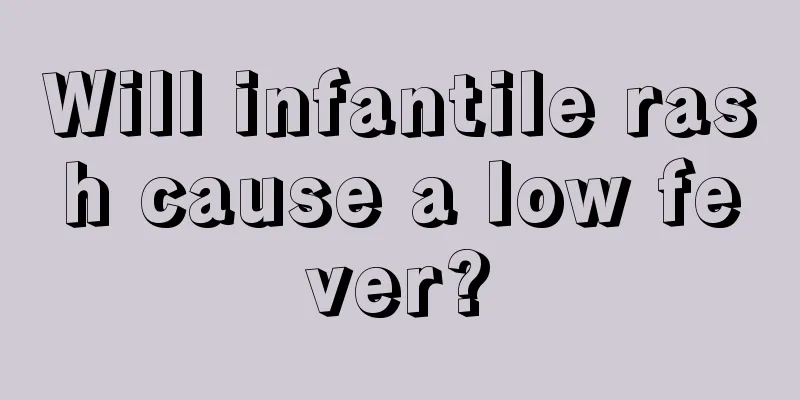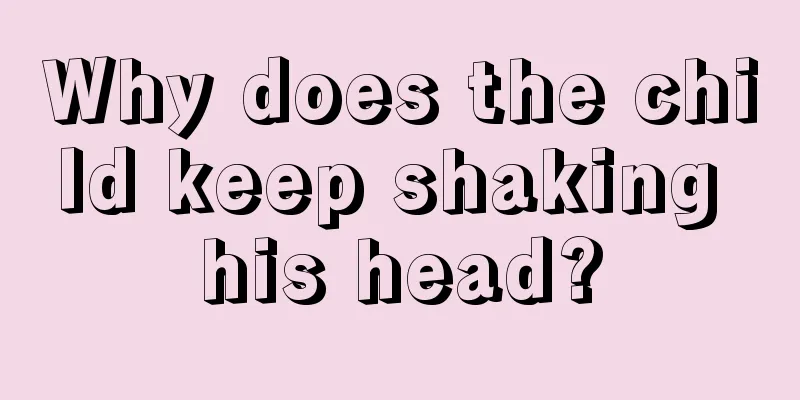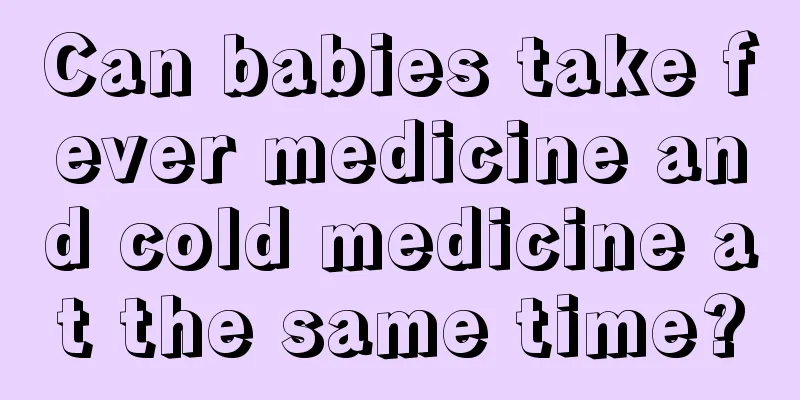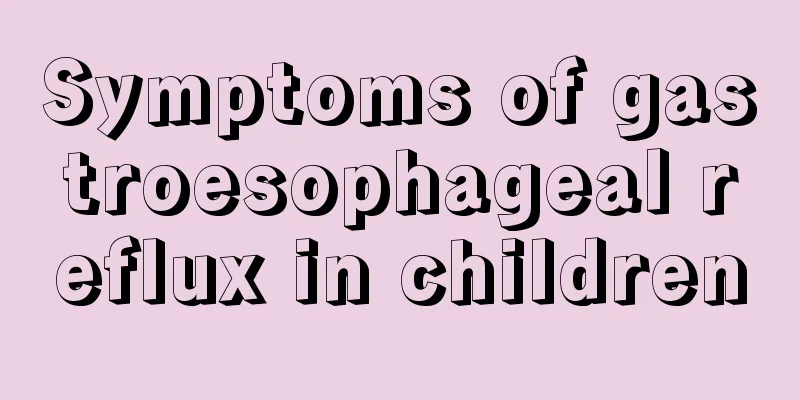Will infantile rash cause a low fever?

|
Most children have delicate skin when they are young, so many babies are particularly prone to some skin diseases. Some skin diseases come on quickly, so it is likely to cause the baby to have a fever, and the temperature of their fever is not particularly high, so some antipyretics cannot be used, and only physical methods of reducing fever can be used. So will roseola infantum cause a low fever? Roseola infantum will cause a low-grade fever. Roseola infantum is a viral infection. Generally, the rash appears after a high fever, but some babies also develop a rash after a low fever. It is recommended to observe more, treat the baby with antiviral drugs, and do a routine blood test when necessary so that active symptomatic treatment can be given. Sequence of rash in infantile eczema 1. Roseola infantum often occurs suddenly, and the baby's body temperature rises rapidly, usually between 39°C and 40°C. During the fever, the baby will have symptoms such as poor appetite, nausea, vomiting, mild diarrhea or constipation. 2. Generally, the baby's body temperature will drop suddenly after three to five days of fever. After the fever subsides, the baby's body begins to develop light red macules or maculopapules of varying sizes. It usually starts on the baby's chest and abdomen, and soon the rash will spread to the entire body. By this time, the baby's fever has usually subsided and he or she can fall asleep peacefully. This condition is generally called "fever rash" in medicine. 3. After the baby is diagnosed with roseola infantum, parents should let the baby rest in bed and try to avoid outdoor activities; pay attention to isolating the baby to avoid cross infection; when the baby has a fever, give the baby plenty of water and provide appropriate supplements of vitamin B and vitamin C. To sum up, roseola infantum will cause a low fever. But most of them are high fever. If the baby's temperature is high and he or she cries constantly, is irritable, etc., you can give the baby physical cooling or appropriately use a small amount of antipyretic drugs to avoid convulsions. If your baby has a high fever that won't go away, don't blindly give him or her a fever-reducing treatment. Instead, follow the doctor's advice. |
<<: Is 37 degrees considered a low fever?
>>: What parts of the body should be moxibustioned for children with cough
Recommend
Why does my baby's hair get wet when he sweats while sleeping?
I believe that mothers who often take care of chi...
What should I do if my child has folliculitis?
The main cause of folliculitis is bacterial infec...
What to do if your baby has phimosis
Phimosis is a normal phenomenon in babies, and th...
Why are the sides of the baby's nose blue?
Some babies have problems with their noses, so th...
Don’t give your baby medicine for diarrhea. Remember these seven misunderstandings
When babies are young, they are weak and easily a...
How to deal with cough caused by rhinitis in children
Many children always have symptoms of coughing. O...
How to take care of your baby if bronchitis keeps recurring
As the weather changes, it is easy for babies to ...
What should I do if the fetus has unilateral choroid plexus cyst?
Some pregnant women went to the hospital for an u...
What's wrong with the horizontal lines on the child's hands?
Generally speaking, children's physical growt...
Application scope of baby skin cream
Every child has very delicate skin. With the deve...
Causes and treatments of bad breath in babies
The baby's bad breath may be caused by indige...
Dietary treatment for allergic cough in children, young parents please remember this!
If a child has an allergic cough and this symptom...
What are the symptoms of nephritis in children?
I believe everyone is familiar with nephritis. Ev...
How can babies prevent tooth decay?
Everyone’s childhood can be said to be the happie...
What are the symptoms of myocarditis in children?
Almost all adults know that heart disease is a ve...









